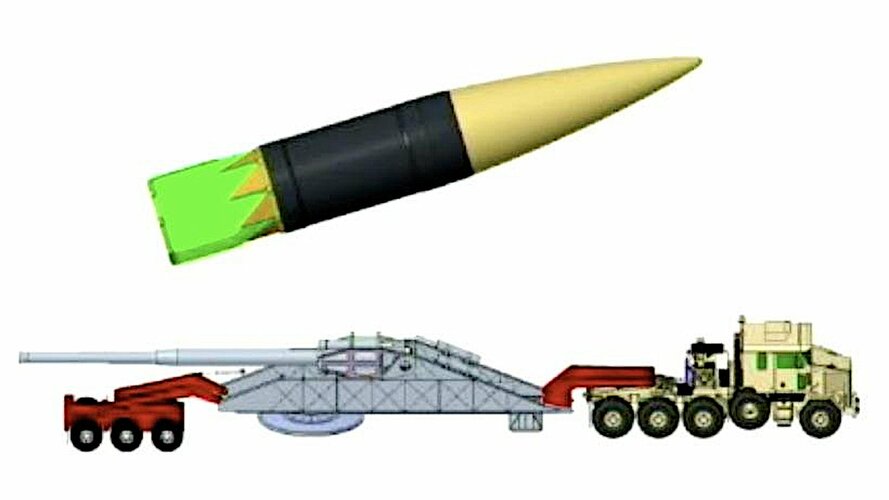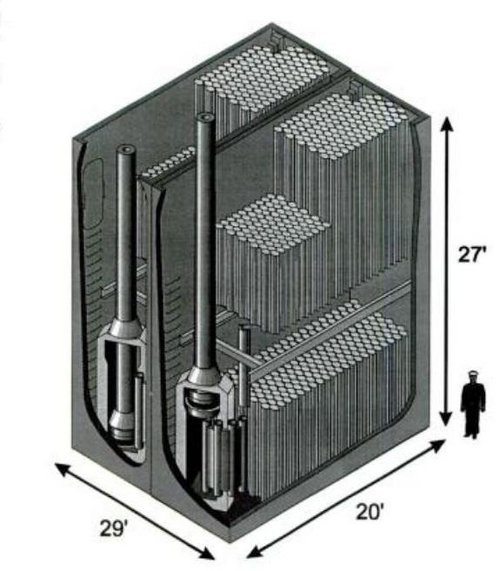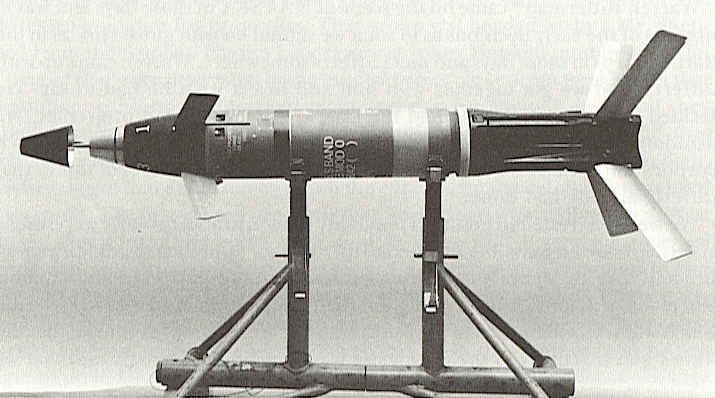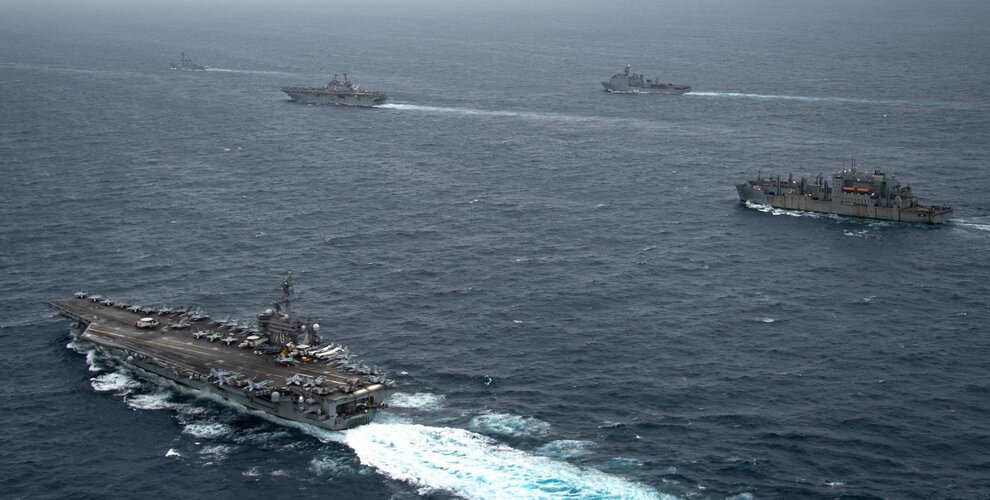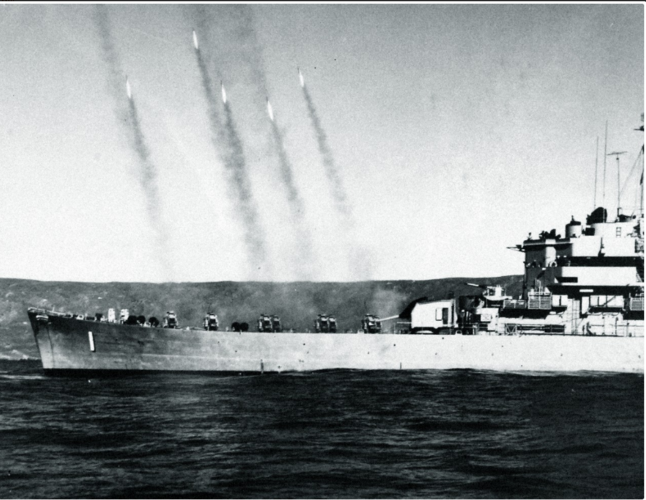Vertical and untrainable or not it would still run into the same issues which seem to plague every other gun-fired PGM the Navy has tried to introduce at this point. It all seems to boil down to the fact that firing what is almost a GPS/INS guided missile out of a a high performance naval gun is about as expensive as just a GPS/INS guided missile, and they don't like that jolt of being fired out of that gun very much. When you abandon that secondary utility of a more conventional gun mounting which AGS was *supposed* to offer why are you even bothering with the gun at the point? Theoretically you have smaller projectiles but some of that space is still being taken by the gun and propellant charges.
Maybe AGS could have worked "good enough" (but not to the objective specs) back when they were going to build 32 Zumwalts with them as the cost might come down just enough to make the ammo affordable. Yet what we ended up with in reality seems like a pure disaster.
Hindsight is 20/20 but presuming 32 ships I would still have gone with a 8"/60 caliber Mark 71 in the forward position with the other spot taken up by more missiles. The gun would cover "short range" shore bombardment for all of the conflicts that aren't against Russia or China plus other secondary uses a gun is good to have for. If you're stuck with a mere 3 ships might as well use the 5"/62.
There are good points here. I'm going to try to tackle it piece by piece, but it's all sort of interconnected, so bear with me..
1) The fact that the USN has had terrible success rates with gun-fired PGMs doesn't seem to be due to any inherent impossibility on the technology side. The Army has managed to make its own gun-fired PGMs for decades and they work just fine under most of the same demands (HERO safety and IM rules are extra, but the Army is getting to them as well.) I think the problems lie in the Navy's problems with requirements development and program management. They can't quite figure out how to balance the need to retire risk in some areas and accept it in others, so we get projects that try to advance the state of the art across the board and thus run into technical problems way more often than they should.
2) Even when they switched to AGS, the Navy managed to make it unsuitable for "naval" applications. There was never a funded antiship round for AGS, not even an unguided one. And the nature of the gun meant it couldn't actually use Army projectiles, despite this having been a selling point of the trainable gun.
3) The ammunition capacity of a VGAS module with two barrels was expected to be in the vicinity of 1200-1400 rounds. It's quite volumetrically efficient compared to conventional guns because the breeches are fixed in relation to the magazine and are down inside the hull. That eliminates the need for long hoists and complicated shell paths that can deliver heavy projectiles to the breech at a variety of elevations and azimuths. Even the switch to AGS basically halved the capacity while increasing volume. (It did push the magazines a bit deeper into the hull, which has some positives for stability and protection, so there's that, at least. OTOH, the turrets added weight high, so...)
By comparison, the best proposed option for a rocket-based alternative is probably POLAR, essentially a GMLRS with an extended motor. It would quadpack, so a 64-cell VLS full of POLAR would offer 256 "shots." And broadly, each shot would cost about 1.5 to 2 times much as an artillery PGM (based on the relative cost of Excalibur and GMLRS). So yes, POLAR is cheaper, and likely easier to develop (though we again have IM and HERO issues, which the Army is only now dealing with). Could a single POLAR achieve the same terminal effects as 5 or 6 VGAS shells? Maybe, maybe not. The elimination of submunition warheads would make it a lot harder. I see Diehl once proposed a
GMLRS with four SMaRT submunitions, including a notional anti-material version of SMaRT, which looks pretty appealing here. But we're getting pretty pricy again, now that you have not one but five "smart" projectiles to buy.
4) Having just one gun on a ship that planned to use that gun primarily for NGFS would have been a terrible, likely unacceptable, decision, for a couple of reasons. First, guns fail, and usually at the worst possible time. You would need some redundancy, which means two guns, no matter what type they are, or have a very real risk of not being able to answer an urgent call for fire. Second, modern gun RoFs are marginal as it is. An 8-inch gun firing double-cycling PGMs (one cycle to ram the shell, a second to ram the propellant) could end up with a functional RoF in the single digit RPMs.

